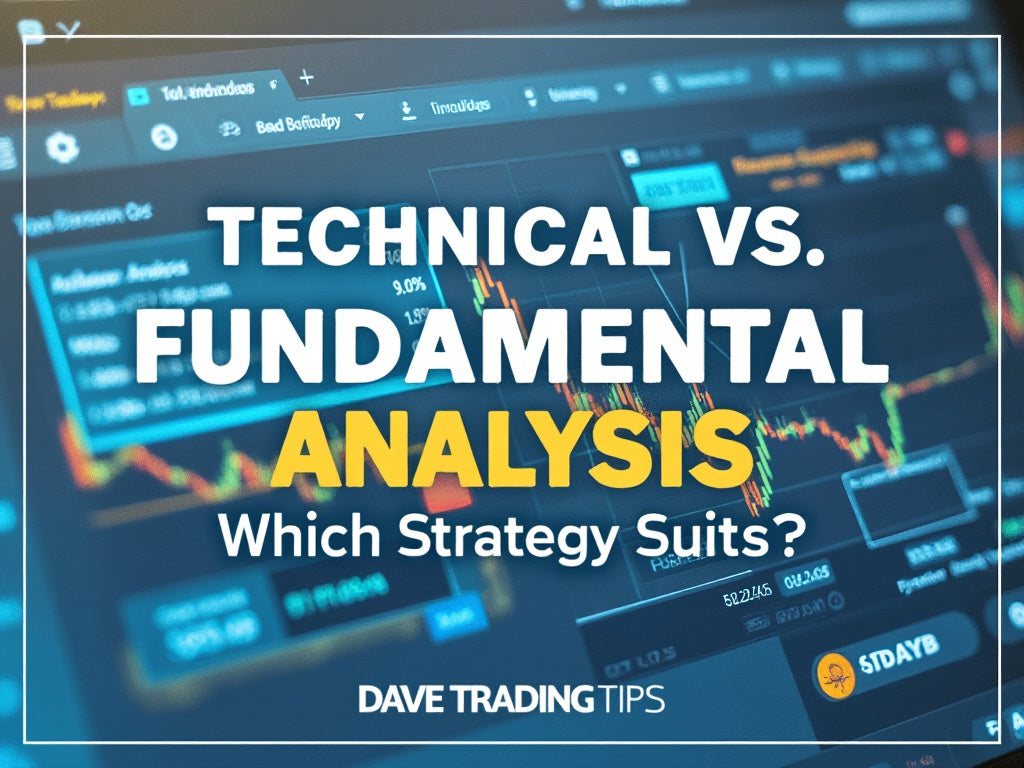
9/21 EMA Crossover vs. 50/200 EMA Crossover: How to Use Them Effectively
Introduction
When it comes to technical analysis, moving averages are one of the most powerful tools traders use to identify trends and generate trade signals. Among the various moving averages, Exponential Moving Averages (EMAs) are favored because they give more weight to recent price data, making them more responsive than simple moving averages.
One of the most effective ways traders use EMAs is through crossover strategies, where two EMAs of different lengths intersect, signaling potential trend changes. Two popular EMA crossover strategies are:
-
The 9/21 EMA Crossover (short-term strategy)
-
The 50/200 EMA Crossover (long-term strategy, also known as the Golden and Death Cross)
But which one is better? And how should traders use them effectively? In this article, we’ll break down both strategies, compare them, and provide actionable tips for maximizing their effectiveness.
What is an EMA Crossover?
An EMA crossover occurs when a shorter EMA crosses above or below a longer EMA, indicating potential bullish or bearish momentum. This crossover generates a trading signal that helps traders enter or exit trades with better accuracy.
-
Bullish crossover: The shorter EMA crosses above the longer EMA → a buy signal.
-
Bearish crossover: The shorter EMA crosses below the longer EMA → a sell signal.
Understanding the 9/21 EMA Crossover
What is the 9/21 EMA Crossover?
The 9-period EMA represents short-term price movement, while the 21-period EMA captures slightly longer trends. When the 9 EMA crosses above the 21 EMA, it indicates short-term bullish momentum. Conversely, when the 9 EMA crosses below the 21 EMA, it signals bearish momentum.
Pros and Cons of the 9/21 EMA Crossover
✅ Quick response to price changes
✅ Useful for day traders and scalpers
❌ Generates more false signals in choppy markets
❌ Less reliable for long-term trends
Understanding the 50/200 EMA Crossover (Golden and Death Cross)
What is the 50/200 EMA Crossover?
This is a well-known long-term trend confirmation strategy. The Golden Cross happens when the 50 EMA crosses above the 200 EMA, signaling a strong uptrend. The Death Cross occurs when the 50 EMA crosses below the 200 EMA, indicating a potential downtrend.
Pros and Cons of the 50/200 EMA Crossover
✅ Strong confirmation of long-term trends
✅ Works well in trending markets
❌ Lags behind price action
❌ Not suitable for short-term traders
Key Differences Between the 9/21 and 50/200 EMA Crossovers
| Feature | 9/21 EMA | 50/200 EMA |
|---|---|---|
| Type | Short-term | Long-term |
| Speed | Fast | Slow |
| False Signals | Higher | Lower |
| Best for | Day trading | Swing trading & investing |
How to Use the 9/21 EMA Crossover Effectively
-
Best suited for intraday and short-term trades.
-
Works well in trending markets with strong momentum.
-
Avoid trading in sideways or choppy markets.
-
Confirm signals with other indicators like RSI or MACD.
How to Use the 50/200 EMA Crossover Effectively
-
Best for identifying long-term trends in stocks, forex, and crypto.
-
Golden Cross signals a long-term bullish trend, while Death Cross indicates a bearish trend.
-
Works well on higher timeframes like daily and weekly charts.
-
Use in combination with volume analysis for confirmation.
Combining Both Strategies for Maximum Efficiency
-
Use the 9/21 EMA crossover for entry and exit points in short-term trades.
-
Use the 50/200 EMA crossover for overall trend confirmation.
-
Helps avoid false signals by aligning short-term and long-term trends.
Common Mistakes Traders Make When Using EMA Crossovers
-
Over-reliance on crossovers without considering market conditions.
-
Ignoring volume and other confirming indicators.
-
Trading every signal without filtering for high-probability setups.
Best Indicators to Pair with EMA Crossovers
-
RSI (Relative Strength Index): Helps confirm overbought and oversold conditions.
-
MACD (Moving Average Convergence Divergence): Adds another layer of momentum confirmation.
-
Volume Indicators: Helps validate the strength of crossover signals.
Case Study: Real-Life Trading Example Using EMA Crossovers
Example 1: 9/21 EMA Crossover
A stock in a strong uptrend shows a bullish 9/21 EMA crossover. The price continues rising, and the trade is exited when the 9 EMA crosses below the 21 EMA.
Example 2: 50/200 EMA Crossover
Bitcoin forms a Golden Cross on the daily chart. This signals the start of a multi-month uptrend, providing strong confirmation for long-term investors.
Risk Management Strategies When Using EMA Crossovers
-
Always use stop-loss orders to limit potential losses.
-
Adjust position sizing based on risk tolerance.
-
Combine with risk-reward ratios to maintain profitable trades.
Which EMA Crossover Strategy is Best for You?
-
Day traders: Prefer the 9/21 EMA crossover for quick trades.
-
Swing traders: Can use both depending on market conditions.
-
Investors: The 50/200 EMA crossover is best for long-term positioning.
Frequently Asked Questions (FAQs)
-
What timeframe works best for the 9/21 EMA crossover?
-
The 5-minute, 15-minute, or 1-hour chart is best for intraday trading.
-
-
Can the 50/200 EMA crossover work for intraday trading?
-
It is more reliable for higher timeframes like daily or weekly charts.
-
-
How do I filter out false signals?
-
Use confirmation from RSI, MACD, and volume indicators.
-
-
Is the EMA better than the SMA for crossovers?
-
Yes, EMAs react faster to price changes, making them better for active trading.
-
-
Can I use EMA crossovers for cryptocurrency trading?
-
Yes, EMAs work well for crypto markets, especially in trending conditions.
-
Final Thoughts on EMA Crossovers
No single strategy works all the time. By understanding the strengths and weaknesses of the 9/21 EMA crossover and 50/200 EMA crossover, traders can make more informed decisions. Always combine crossovers with other indicators, backtest your strategy, and maintain solid risk management to improve your trading success.





Leave a comment
This site is protected by hCaptcha and the hCaptcha Privacy Policy and Terms of Service apply.